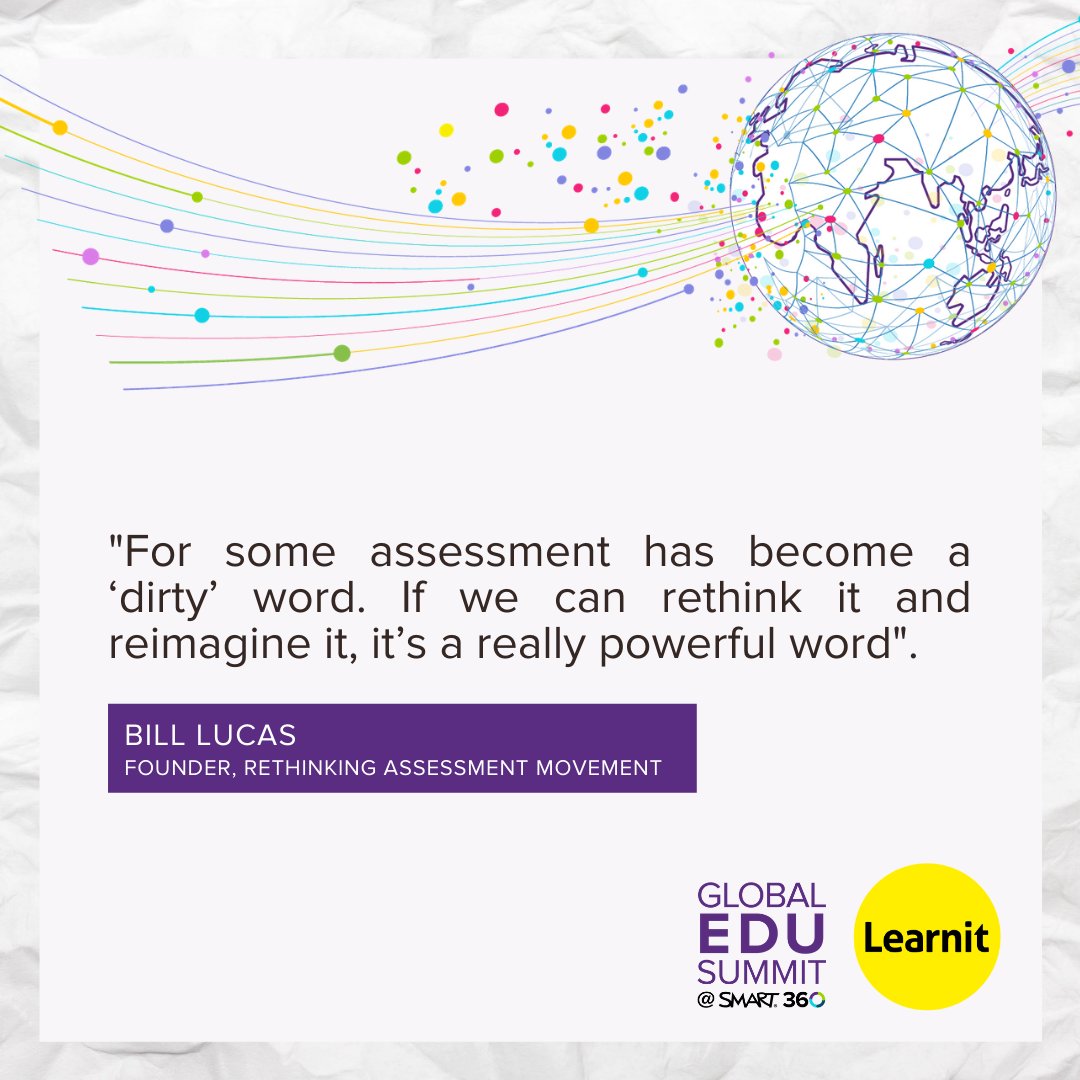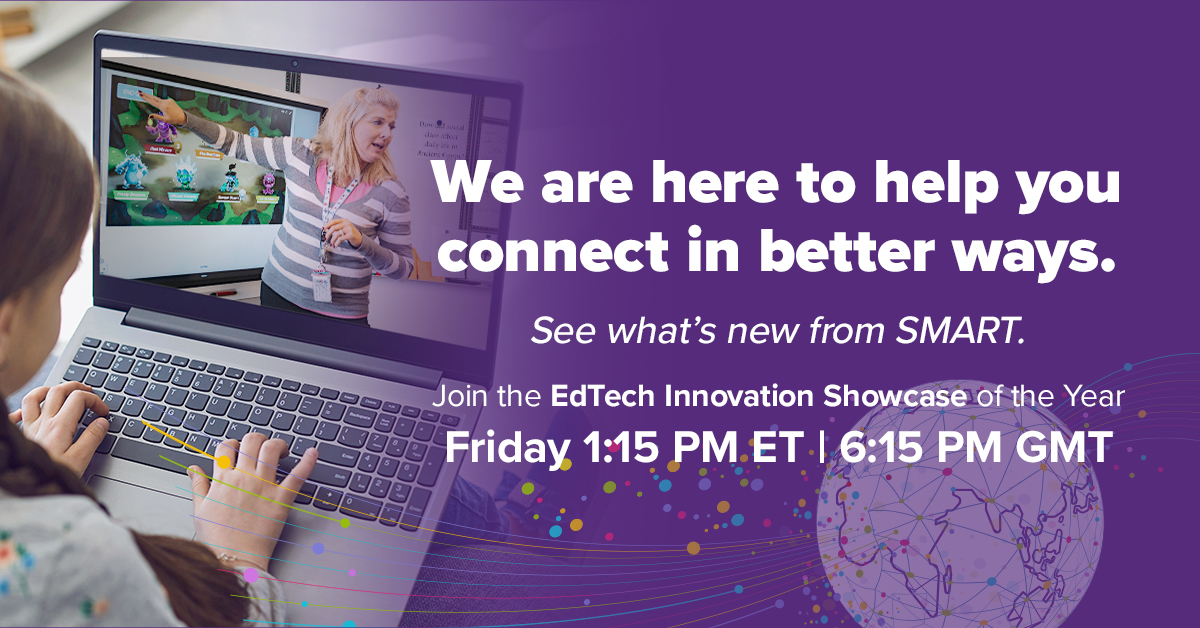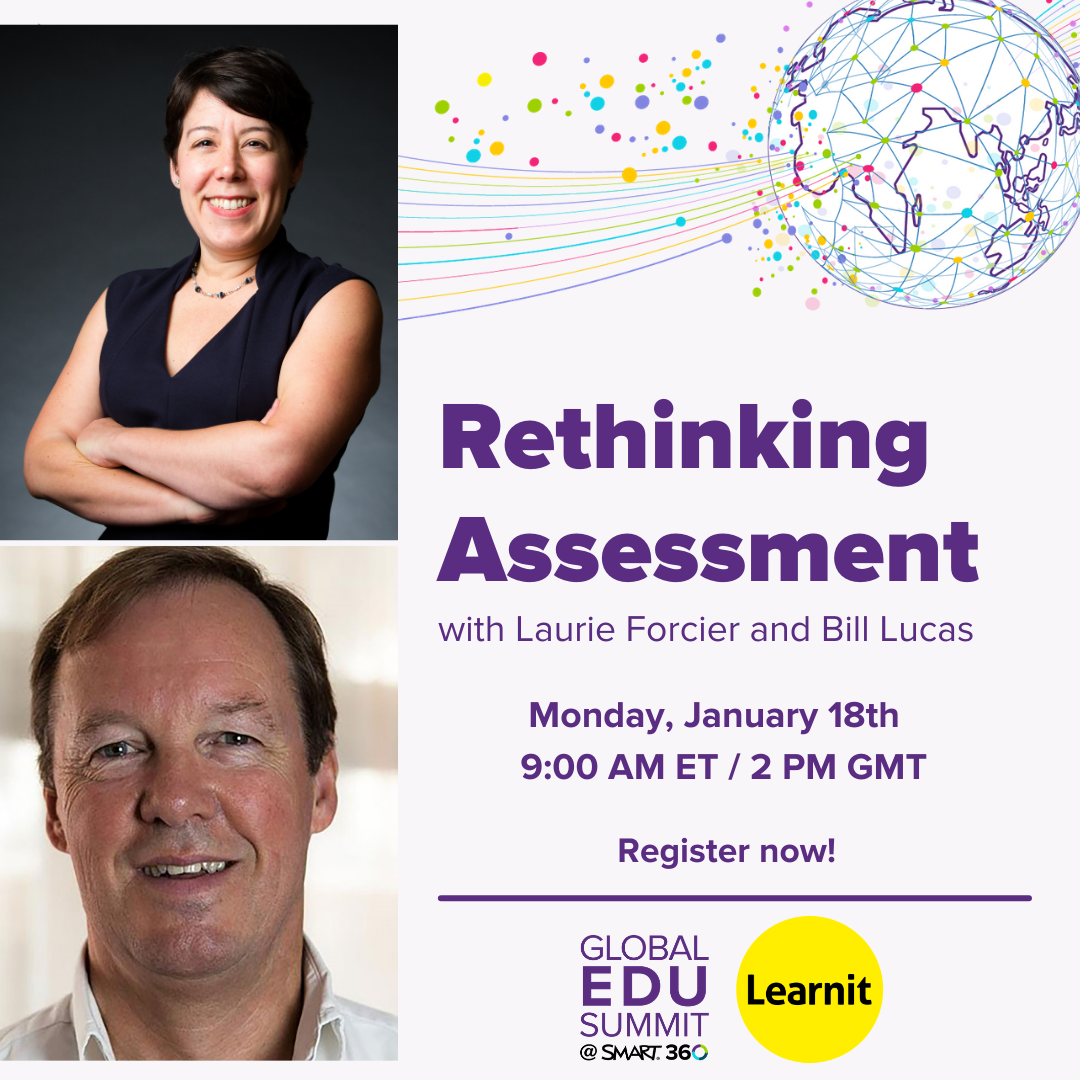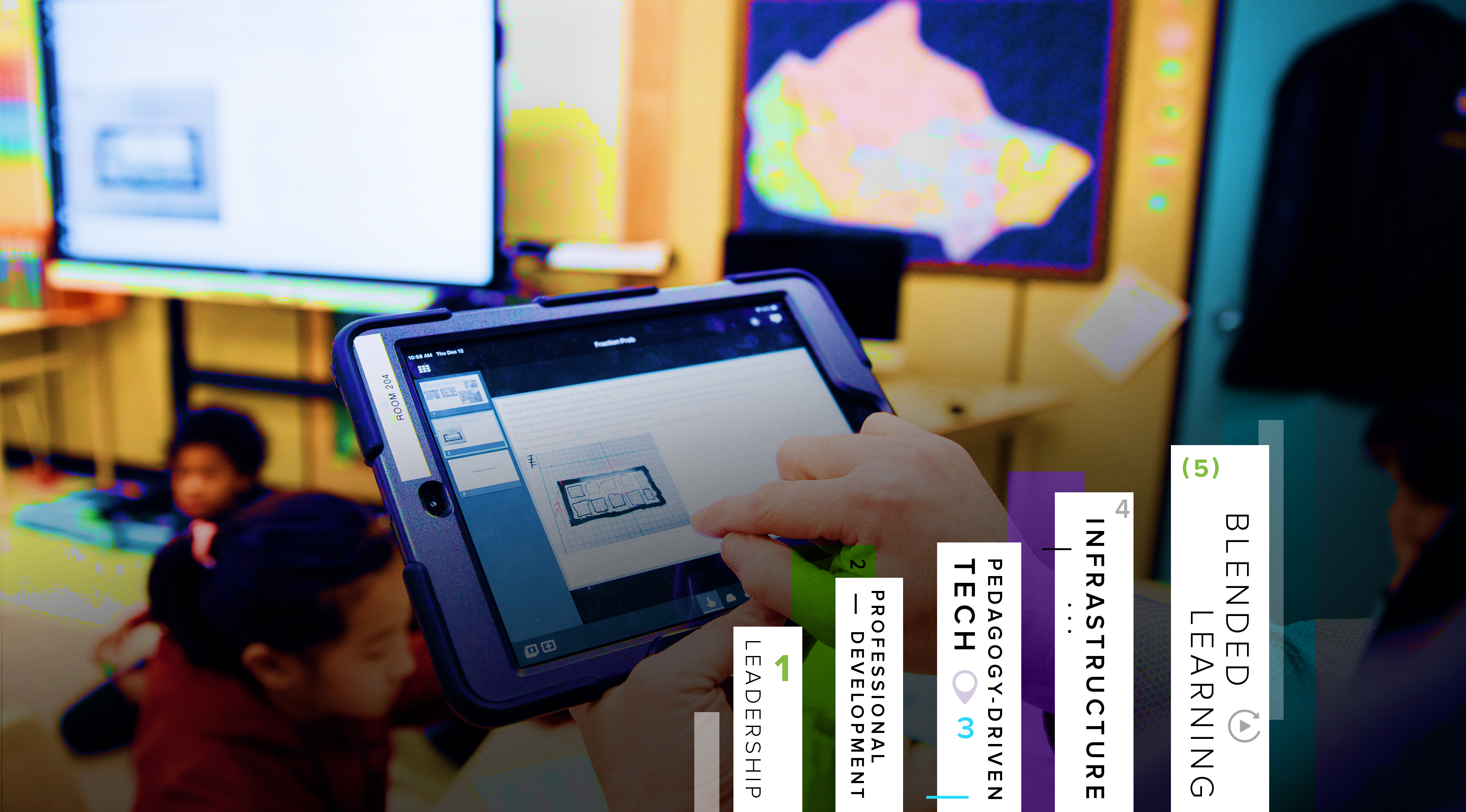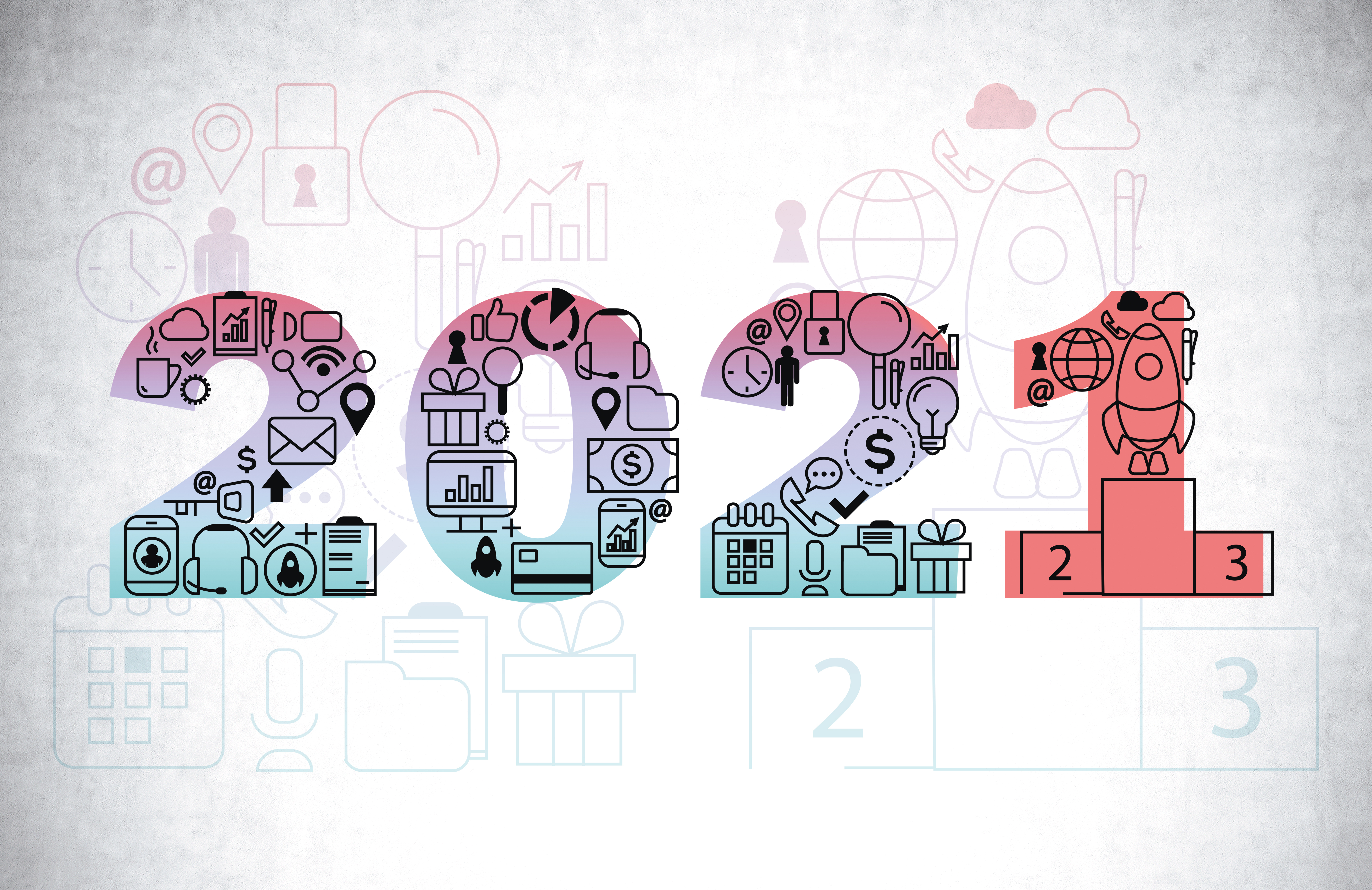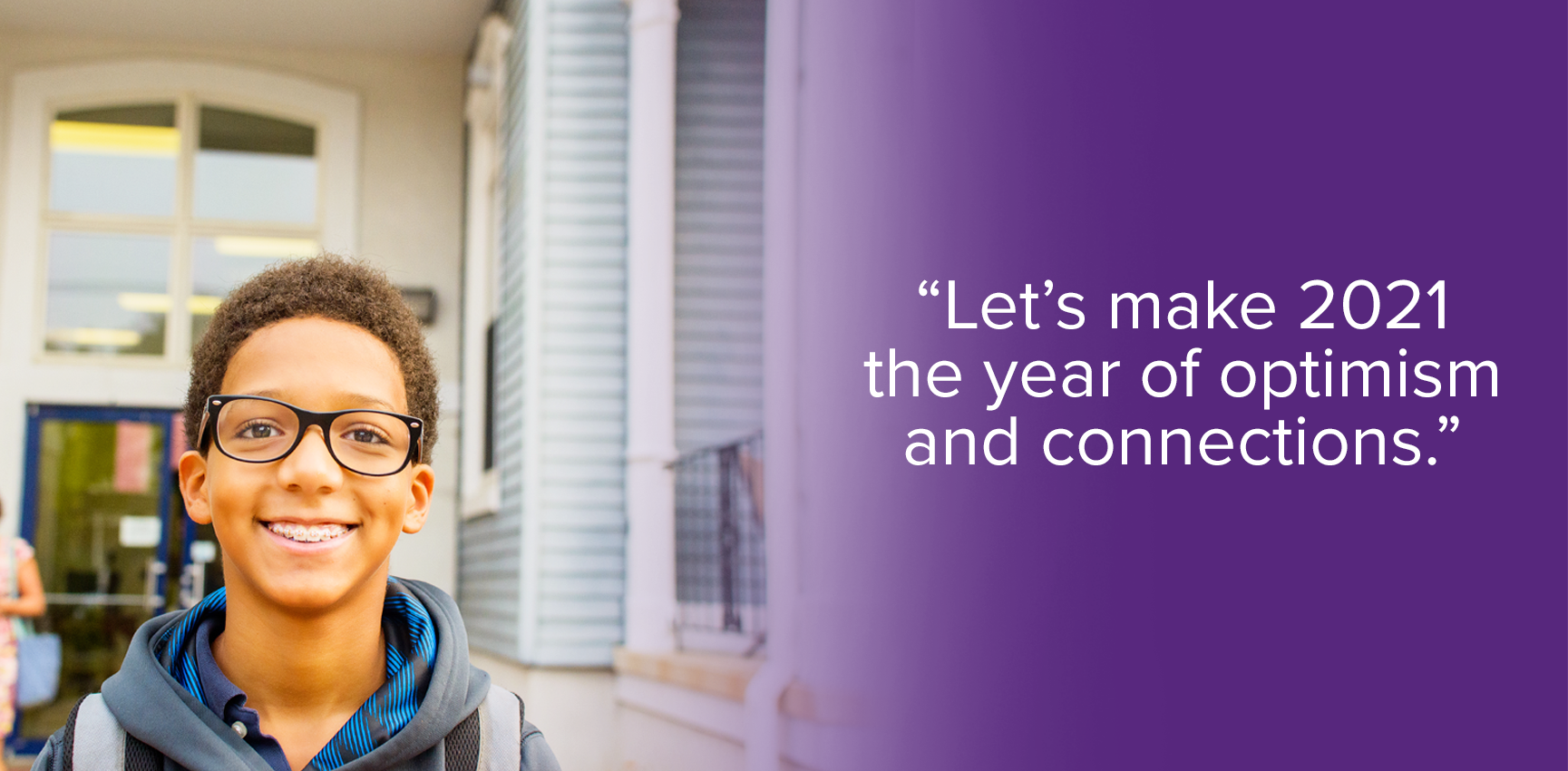The Global EDU Summit kicked off with a inspirational and engaging conversations between Laurie Forcier of Learnit and Bill Lucas of the Rethinking Assessment Movement. Here is an overview of some of the key discussion highlights, and your opportunity to connect and get involved.
